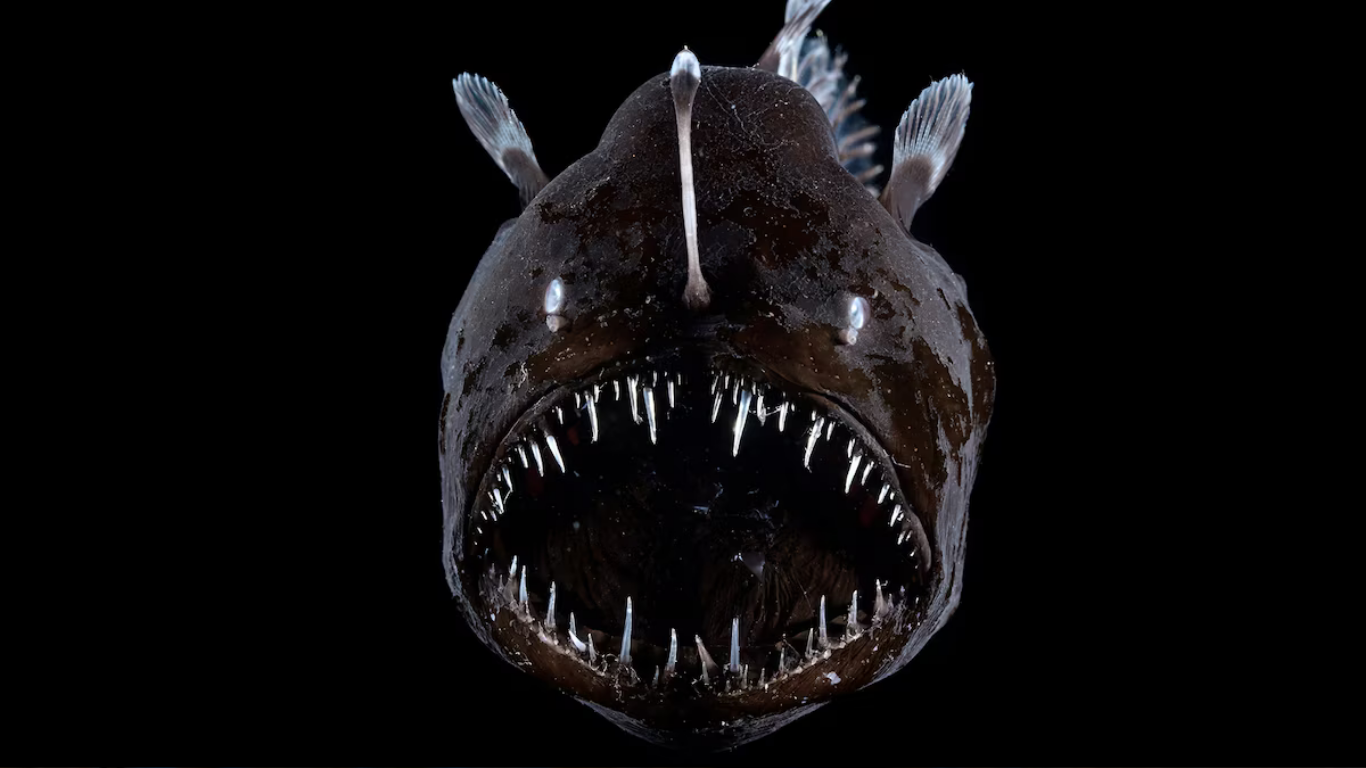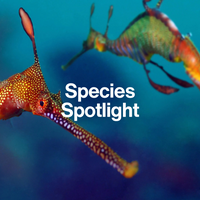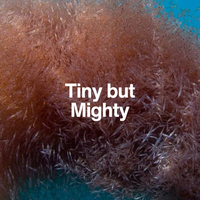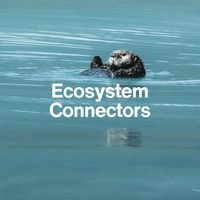The Sea’s Floating Flame
Blue Dragon

Dazzling blue, deadly beautiful. This tiny drifter turns danger into defence—riding the waves with stolen stings.
Introduction
Meet the Blue Dragon
Don’t be fooled by its size or beauty—the blue dragon (Glaucus atlanticus) is both a survivor and a thief. This stunning sea slug floats upside down on the ocean’s surface, carried by the currents like a tiny, living sail.
With electric blue and silver colouring, it looks like a miniature dragon. But what makes it truly remarkable is what it eats—and how it fights. The blue dragon preys on venomous jellyfish like the Portuguese man o’ war, and then stores their stinging cells in its own body to use as a defence.

Fun Fact
Despite its dragon-like appearance, Glaucus atlanticus is actually a nudibranch—a type of soft-bodied sea slug.
Biology & Behaviour
Upside Down and Armed
Blue dragons are pelagic nudibranchs, meaning they live in the open ocean—not attached to the seafloor. They float upside down, belly-up, with their blue side facing the sky and their silver side facing the sea. This countershading helps them blend in from above and below.
Their finger-like appendages, called cerata, extend from the body like delicate wings. These are where they store and repurpose the venom of their prey—making the blue dragon one of the few animals that steals stings for its own use.
They use a radula (a tongue-like organ covered in tiny teeth) to consume jellyfish tentacles without being harmed.
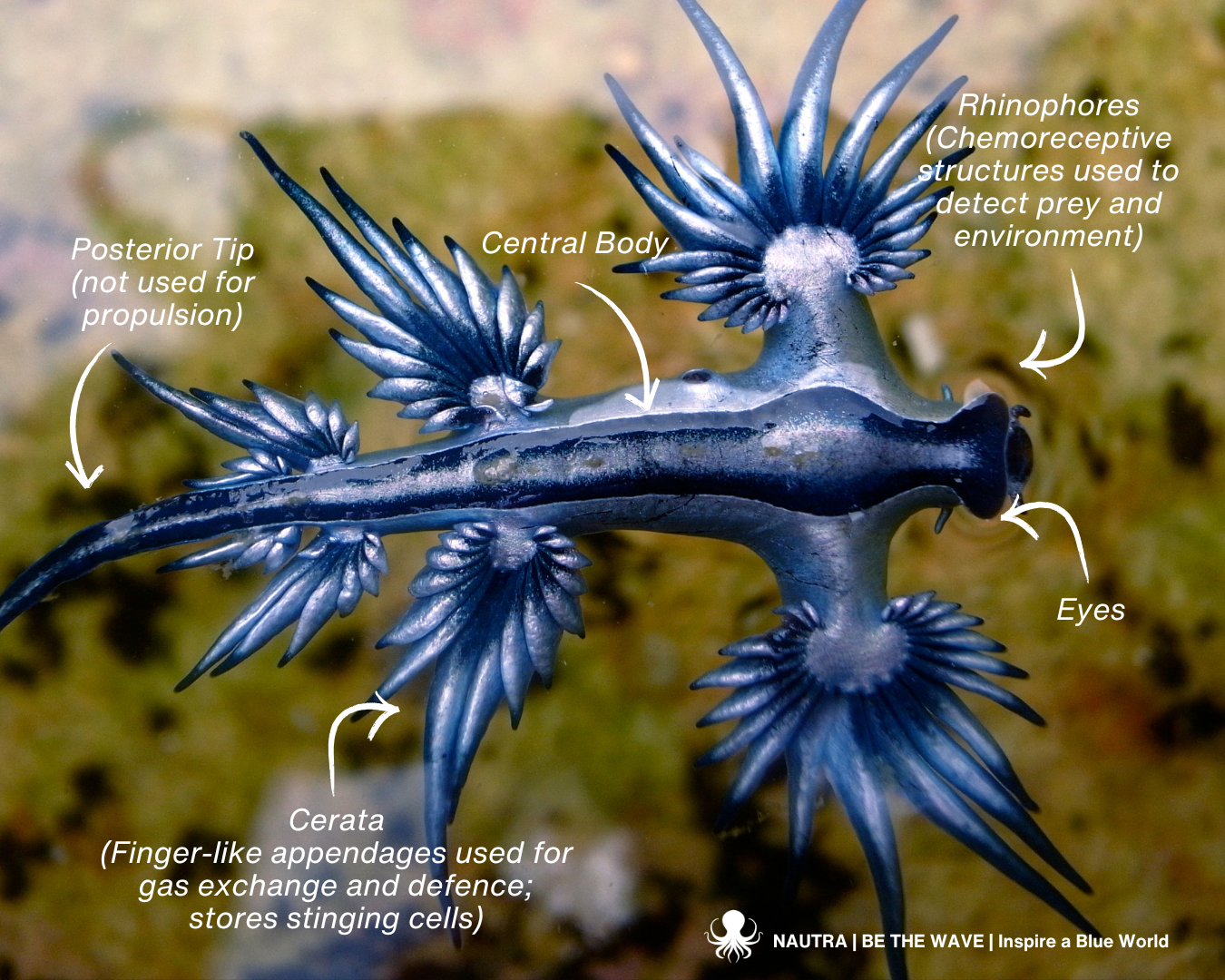
Reproduction
Stuck Together, Side by Side
Blue dragons are simultaneous hermaphrodites, meaning each individual has both male and female reproductive organs. But they still need a partner to mate.
Mating is done side-by-side, as their venomous cerata make close contact risky. After mating, both individuals lay long strings of tiny white eggs, often attached to floating debris or the surface of the water.
The young hatch into miniature versions of the adult and begin drifting immediately.

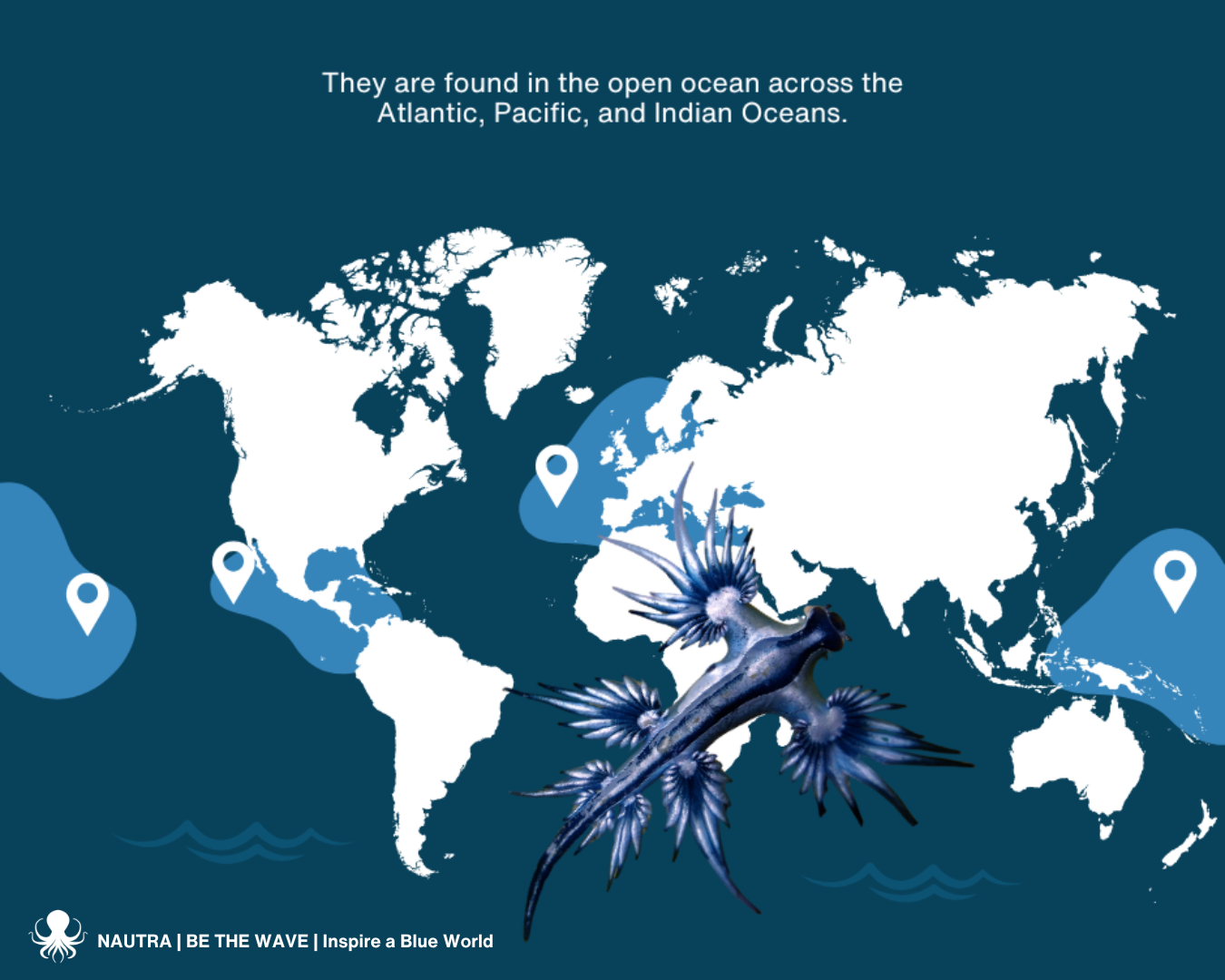
Conservation & Threats
Drifting in a Changing Sea
Blue dragons are not currently considered threatened, but they face several growing risks:
Ocean pollution
especially floating plastic, which they may mistake for habitat or jellyfish prey
Habitat shifts
caused by climate change, which affect the distribution of their food
Beach collection and curiosity
as their appearance makes them a target for tourism and social media
Because they drift with the currents, blue dragons are at the mercy of environmental change.
Did you know?
The sting of a blue dragon can be more painful than a Portuguese man o’ war, since it concentrates and repurposes the venom.
Why They Matter
Beauty with a Bite
The blue dragon is proof that the ocean’s smallest creatures can carry the biggest surprises. Its life strategy—drifting upside down, stealing toxins, flashing colour—reminds us that even fragile things can be powerful.
It also shows us how animals adapt to the harshest conditions, and how our impact on the ocean surface affects even the most delicate drifters below.

Species Overview

Species ID Card
Blue Dragon
Want to take this species with you? Download our printable ID card to keep learning, share with others, or use in your classroom or ocean journal.
NEXT SPECIES
Meet the Deep-Sea Lure Master: Anglerfish
This shape-shifting cephalopod can impersonate flatfish, lionfish—even sea snakes. Up next: the ocean’s greatest impressionist.
